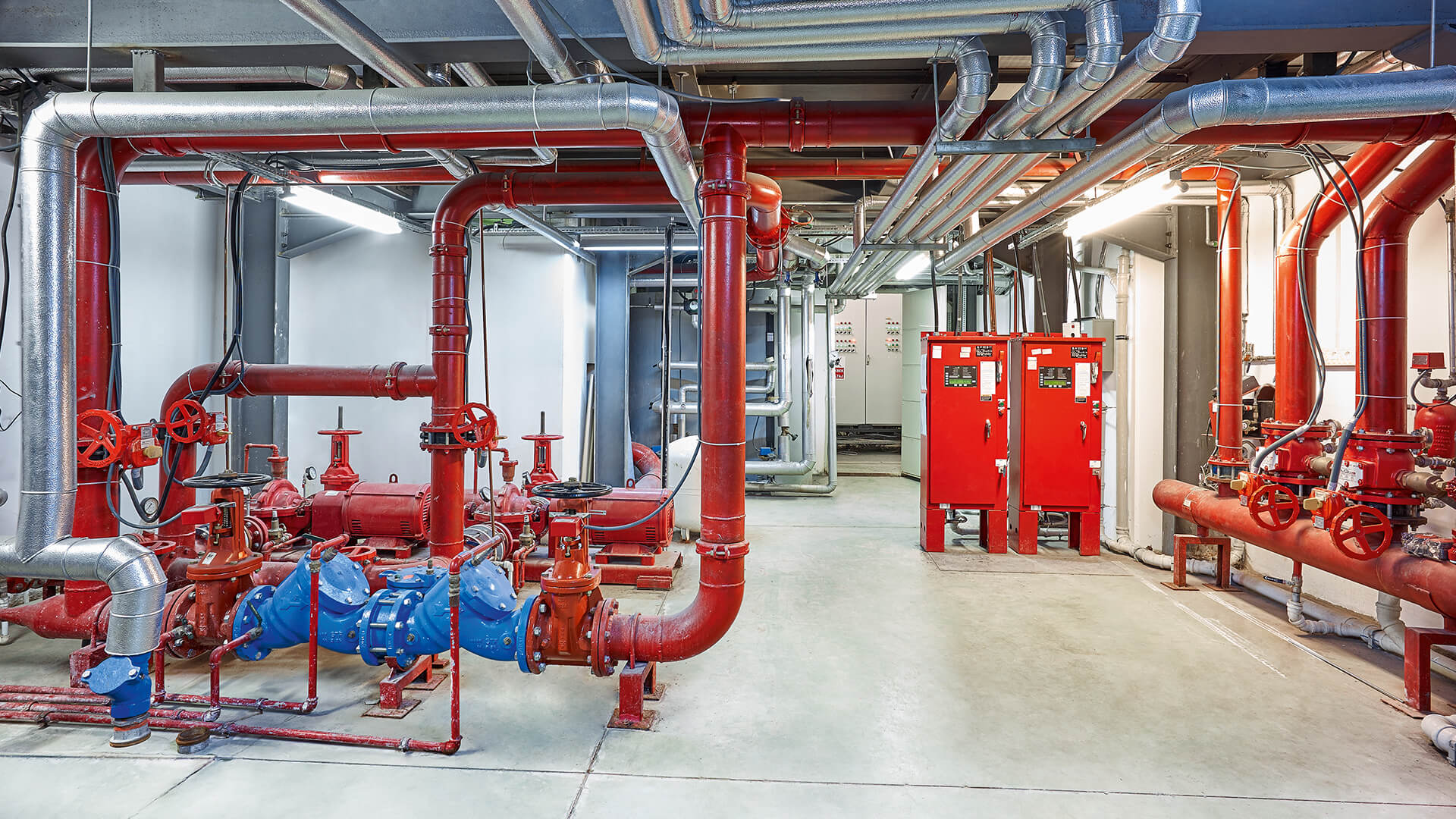
What are Heating Systems?
Heating systems are systems that work with the principle of meeting the heat loss from the indoor to the outside environment in order to keep the usage areas at the desired temperature. It can be grouped under two main headings as central and local.
Central heating is generally used in large buildings in cold climates. The system includes a central boiler or heater to heat the fluid (water, air or steam) to be used, piping to distribute the heated fluid, and final heat transmitters (radiator, fancoil, heat appliances, etc.) to transfer the heat to the ambient air. The final heat conductors are here a heat exchanger that transmits the heat to the environment by convection. There are also central heating systems that provide floor heating by embedding special pipes under the ground in buildings.
The entire system has a pump that circulates the heating water. Hot water is also used to feed another heat exchanger to provide domestic hot water, which is usually stored in a water tank.
In heating systems that use air, air is circulated through duct systems. Duct systems can also be used for cooling and air conditioning (combi) and can clean the air by passing it through filters.
Local heating systems generally have the same principles as central heating. But in this case, users heat their buildings individually, not from a common (central) system. In these systems, as in central heating, hot water heating systems can be used. In this case, users use heating devices called combi boilers or floor heaters to heat the radiators in their flats. These devices are smaller capacity than boilers and compact devices. Generally, circulation pumps are on the device. In addition, individual heating appliances such as air conditioners (hot air convection), stoves (with solid fuel, electrical or with liquid fuel such as kerosene) and fireplace are also widely used today.
What are Cooling Systems?
Ice is used in cold drinks, picnic thermos and cans. Ice is also used to preserve food. It is natural for ice to cool its surroundings as it melts, as it absorbs heat. As the ice melts, it absorbs 334 joules of energy per gram. This value is also known as the potential melting temperature of ice. The evaporation process can be used as a cooling system. During evaporation, a liquid absorbs heat. The average kinetic energy of the particles in the liquid increases. At the liquid surface, some particles have enough kinetic energy to escape. As they leave the liquid, the particles are removed by taking heat from their surroundings. Thus, the environment is cooled. Most coolers use freon gas in their cooling system. One gram of freon compound (CCl2F2) has to absorb 167 joules of energy to evaporate. In a cooler, freon leaves the tank at a high pressure. The pressure of the freon gas decreases as it passes through the pipes. At this low pressure, freon can evaporate inside the pipes. As Freon evaporates, it absorbs heat from its surroundings. Eventually it will get cold. As Freon gas evaporates, it is pumped to a place where it can lose the heat it gains. Freon turns into liquid. After that, it is again pumped back into the tank. The automatic defrost (anti-snow) unit in a refrigerator works using evaporation. In this system, the hot gas coming out of the compressor is used to melt the icing. Melting ice water is collected and transported close to the compressor. The heat from the compressor evaporates the water.
